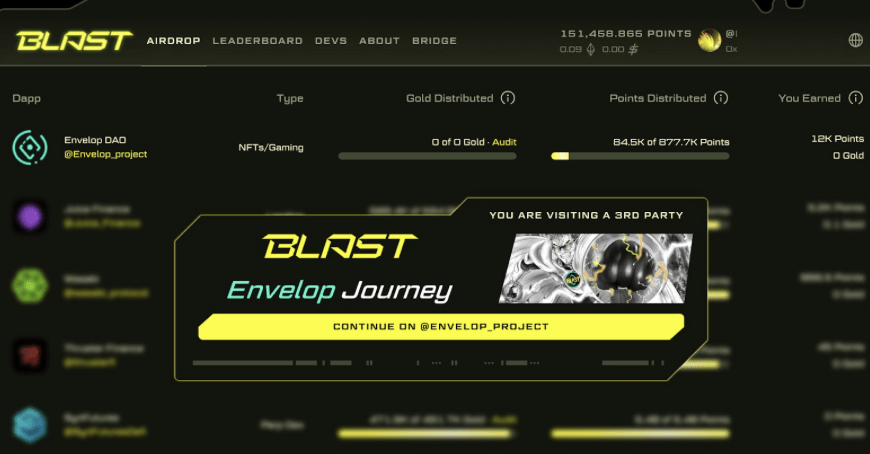Table of Contents
Twitter has finally commenced the rollout of its NFT support, with news emerging on January 20 that Twitter Blue subscribers using iOS could now upload NFTs as their profile pictures. Since Twitter Blue is only available in a handful of countries, it’s a relatively low-key launch.
Nevertheless, this news represents a huge step in the journey towards Web3, as an established tech giant embraces decentralized technologies. Assuming that the company will eventually offer the feature to all users, it creates a market for more NFT-based art as people will be keen to show off their latest NFT purchases on their profiles.
Of course, this is just the tip of the iceberg as far as the opportunities in Web3 content creation are concerned. Over the last year or so, NFTs have transformed the digital art sector, providing those who previously had no easy way to monetize their creations with both the means and the market. But beyond art, decentralized metaverses offer a world of creative opportunities.
Decentralized metaverses like Decentraland and The Sandbox have generated significant hype over recent months, as centralized tech firms like Facebook have clarified their metaverse intentions. Even despite the hype, decentralized projects are David to centralized tech’s Goliath. But David brought down Goliath by finding his weak spot. In the battle of decentralized vs. centralized tech, content creators could well be Facebook’s weak spot.
How Centralized Tech Alienates Creators
Over the years that Web 2.0 has evolved, centralized firms have steadily eaten away at the monetization opportunities available to creators. Gary Arndt, who’s been a travel blogger since Web 1 in 2006 and is renowned in his field, recently wrote a piece in which he explained in precise detail how the increasing control of social media and search engine algorithms has decimated the quality of travel content.
Moreover, the problem isn’t only limited to social media. Many photographers, videographers, and other creators have a side gig in creating stock content. The market for this kind of content is vast – we see it every day on websites, billboards, in movies, – everywhere. However, under the Web2 model, creators rely on centralized firms to manage the sale and licensing of their work, but this model has slowly eroded the ability for creators to generate any meaningful income due to fees and poor management.
Therefore, the Web3 model offers vast opportunities for content creators. Firstly, by enabling digital copyright, allowing creators to manage and monetize their own content as NFTs. Secondly, decentralized metaverses offer a world of creative opportunities at the cutting-edge of technology. Games, video content, digital apparel, interiors, special effects – the imagination is the only limit. And without content creators, these platforms might not sustain against the might of a giant like Facebook, which has huge budgets and development teams to match.
Breaking Down the Barriers to Decentralized Tech
Entering the decentralized space can be somewhat daunting, and many content creators may be put off by the thought of transacting in volatile cryptocurrencies or the technical barriers to minting NFTs.
But the space is evolving rapidly. Envision is a stock content project conceived by creatives from the film and design industries who know the pain of the current Web2 business model all too well. Envision is a crypto-based platform for stock content that aims to make it easy for creators to monetize their work via a Creator’s Portal and Content Marketplace.
Any creator can upload files, such as video, images, or audio, to the Creator Portal, and set their prices in fiat before listing the asset on the Content Marketplace. The platform operates on the native VIS token, so when a buyer purchases the stock content for use, the creator receives the fiat value of their sale paid in VIS tokens. Settlement is immediate, so the creator doesn’t have to wait for a third party to pay out their earnings.
With its blockchain-based solution, Envision is aiming to provide a stock content platform that’s cheaper and higher quality than competitors like Getty or Shutterstock. As well as providing a new model for people buying and selling content for Web2, Envision is in a prime position to become the go-to place for buying and selling all kinds of new NFT-based content for Web3 and the decentralized metaverse ecosystem.
Content creators have literally created Web2 – but it’s the shareholders at tech firms who have become rich from it. Web3 offers a chance to change the narrative, assuming projects can lure the long tail of creators away from the established platforms.
Disclaimer: This article is provided for informational purposes only. It is not offered or intended to be used as legal, tax, investment, financial, or other advice.
Investment Disclaimer











